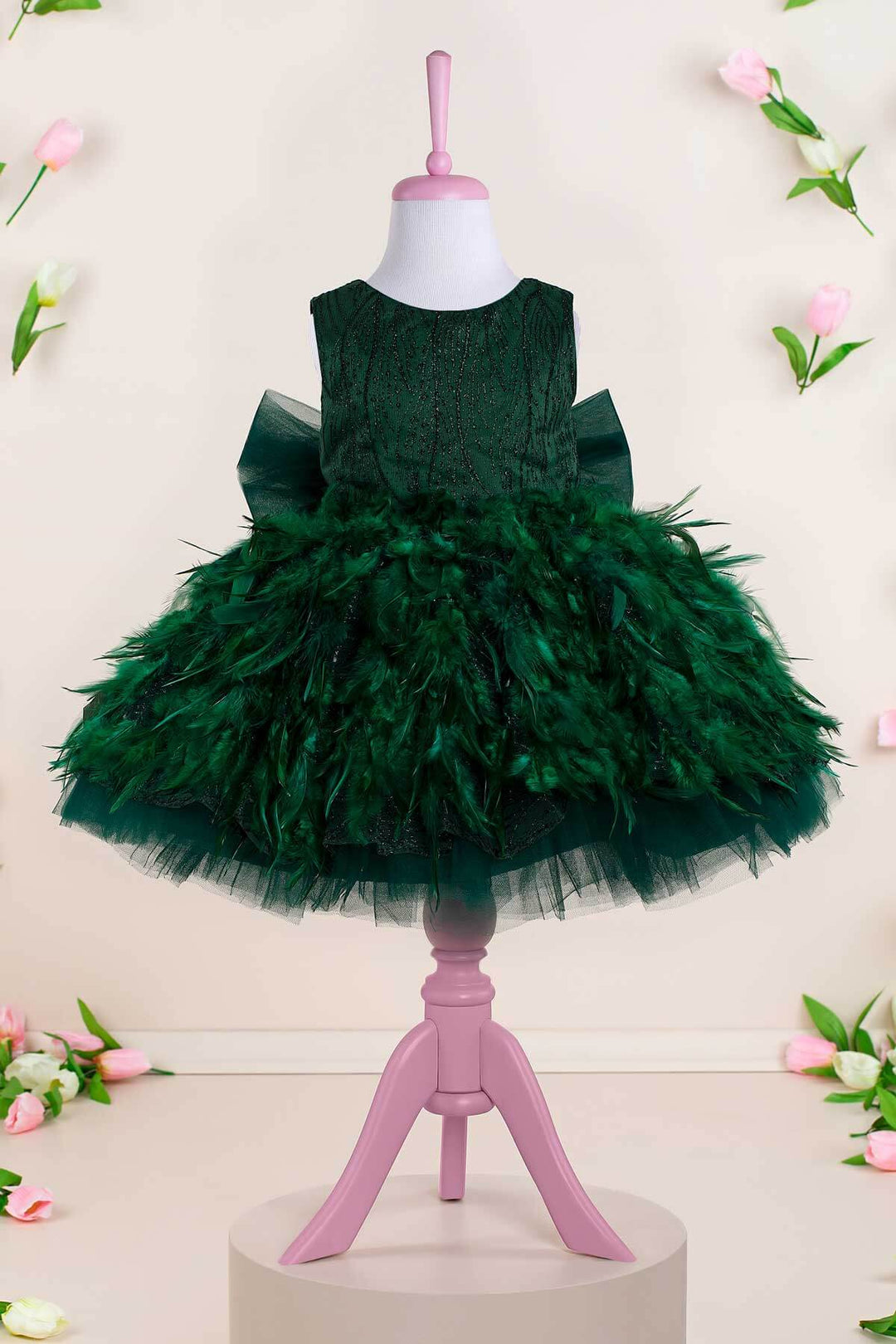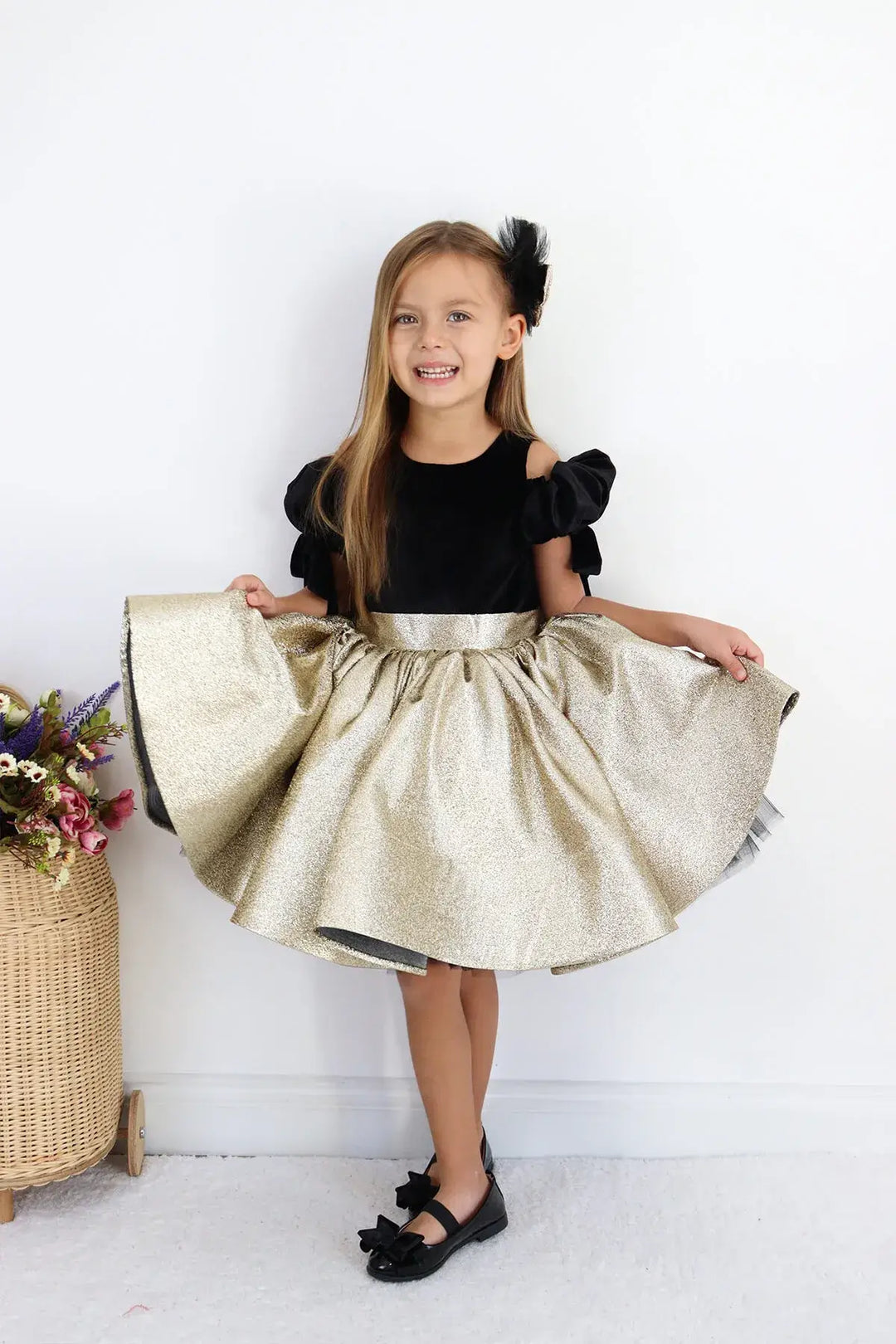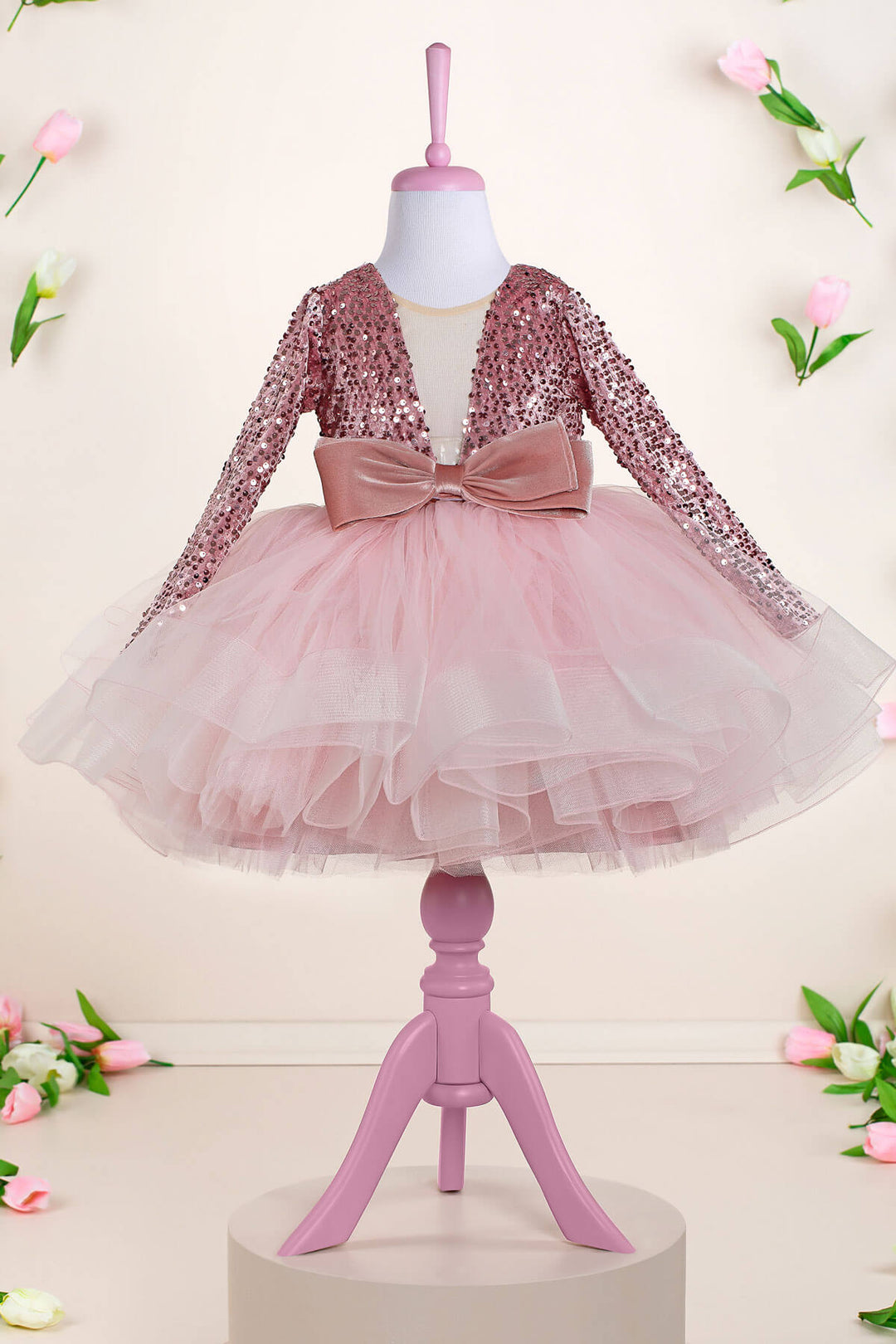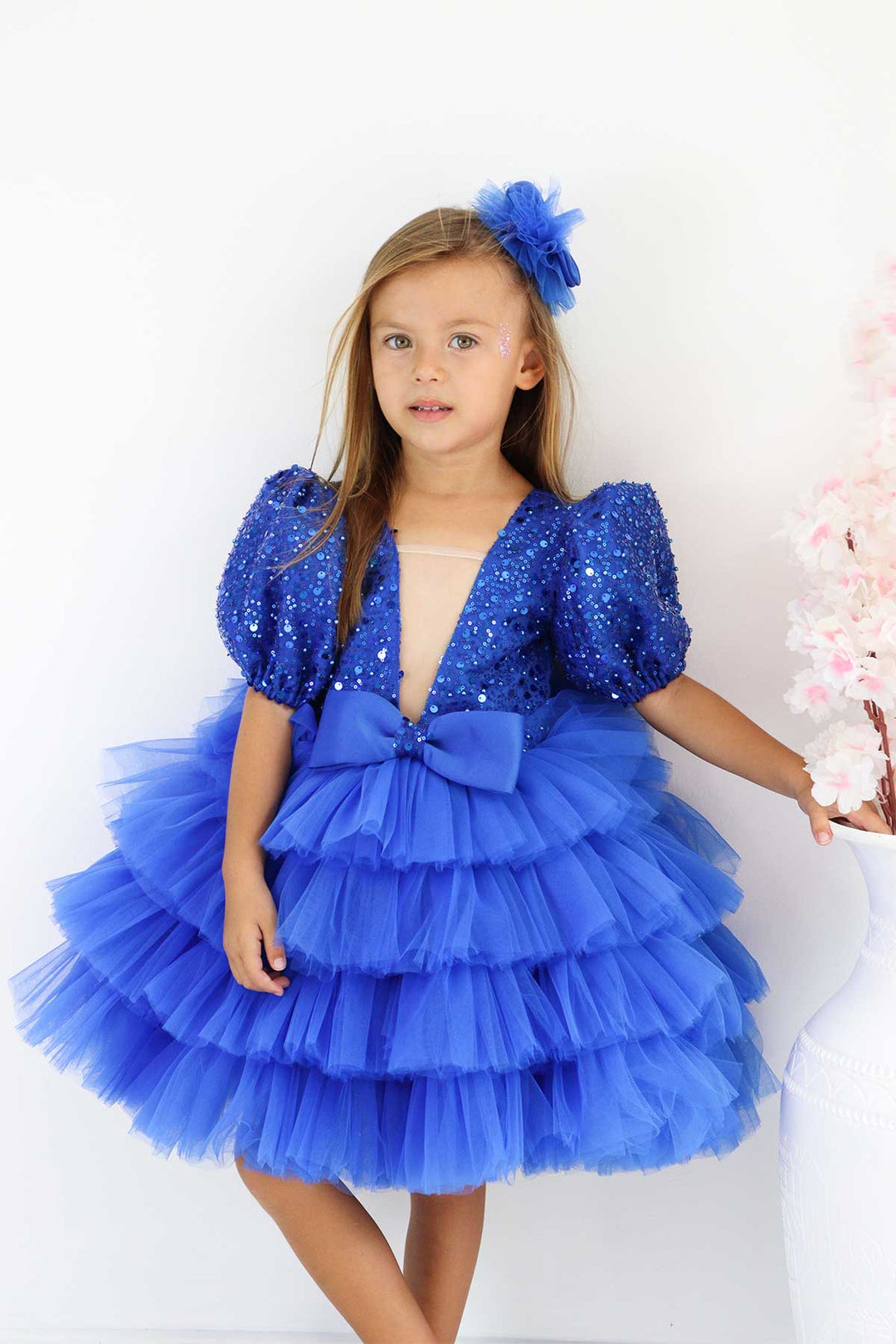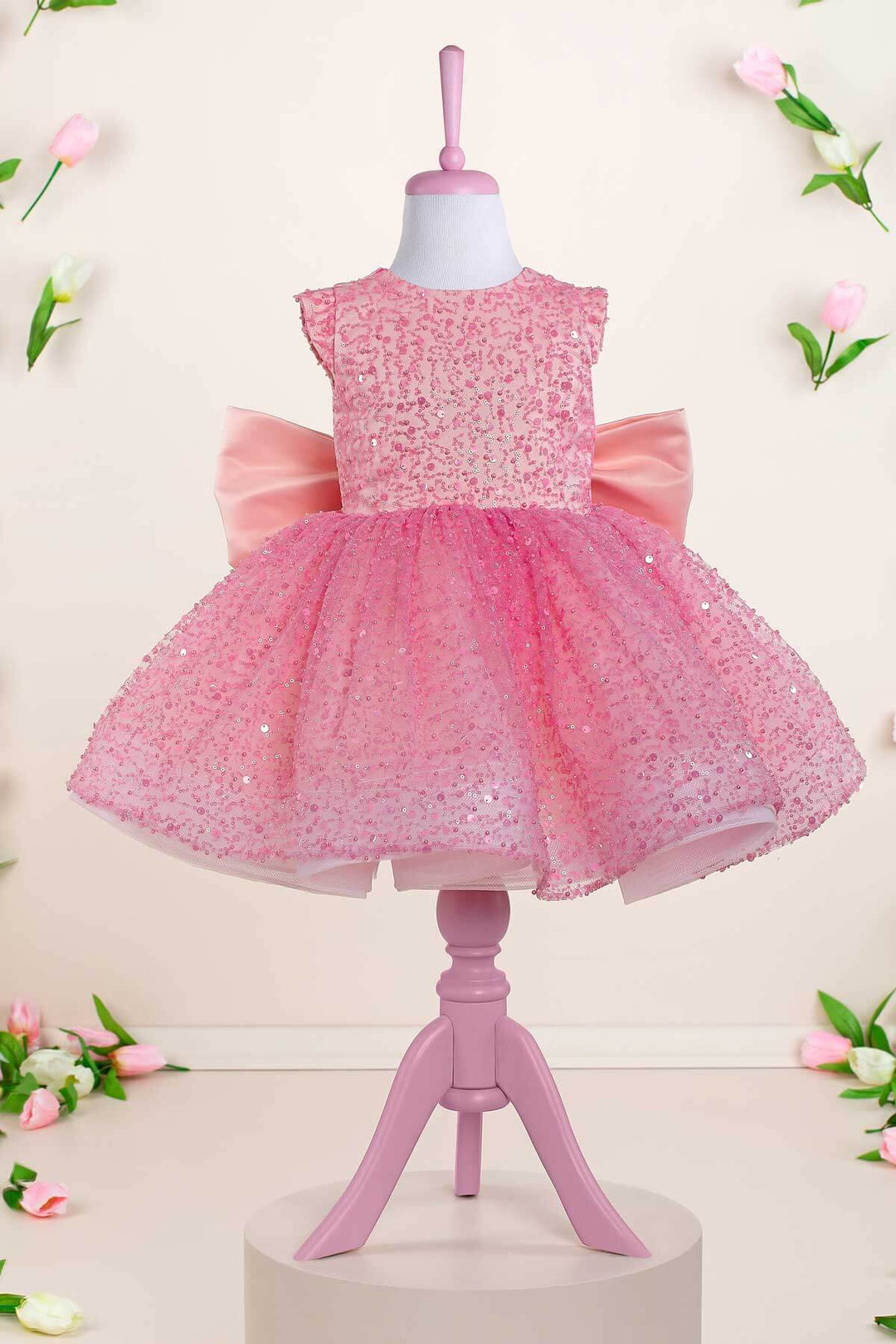Exploring the History of Wedding Tradition
Weddings have been an integral part of human culture for centuries, with the traditions and customs surrounding this sacred union evolving over time. Understanding the history of wedding tradition, including the evolution of matrimonial customs and the origins of marriage, provides valuable insights into the cultural significance of these ceremonies. Historical records of early weddings offer glimpses into the past and shed light on the practices and rituals that have shaped the institution of marriage.
From ancient civilizations to the modern era, the history of wedding tradition spans across various cultures and societies. Each culture has its unique customs and practices associated with marriage, showcasing the diverse ways in which people have celebrated love and commitment throughout history. These customs have been influenced by factors such as social norms, religious beliefs, and cultural traditions.
Ancient civilizations such as Egypt, Mesopotamia, and Greece had their own matrimonial customs that reflected their respective cultural beliefs and practices. These customs have played a significant role in shaping the history of wedding tradition and the associated rituals. Weddings in ancient times were often elaborate affairs, incorporating symbolic gestures and rites of passage to mark the union of two individuals.
Historical records and depictions of early weddings provide glimpses into the past, allowing us to visualize and understand how these ceremonies were conducted and how the history of wedding tradition have evolved. These records serve as a valuable resource for historians and researchers, offering insights into the traditions and rituals of bygone eras. From medieval manuscripts to ancient artwork, these depictions provide a window into the history of wedding tradition.
As we explore the history of wedding tradition, we gain a deeper appreciation for the rich tapestry of customs that have been woven throughout the ages. From the significance of the white wedding dress to the feasting traditions and the music and dance celebrations, from ring bearers to flower girl dresses, each aspect of a wedding carries with it a rich history and cultural significance. By understanding the origins and evolution of these customs, we can better appreciate the depth and beauty of weddings across different cultures and time periods.
Whether one is planning a wedding or simply interested in the history of matrimonial customs, delving into the past offers a fascinating journey. Exploring the history of wedding tradition allows us to connect with our ancestors, celebrate the power of love, and honor the customs that have shaped marriage ceremonies for centuries.
Origins of Matrimony: An Ancient Practice

The institution of marriage has deep roots in human history, dating back to ancient civilizations. Throughout the ages, history of wedding tradition have evolved, shaped by social, cultural, and religious influences. Historical records and depictions of early weddings provide valuable insights into the traditions and ceremonies of ancient times.
1. Ancient Civilizations and Their Matrimonial Customs
Ancient civilizations, such as ancient Egypt, Mesopotamia, and Greece, had their unique matrimonial customs and rituals. In ancient Egypt, marriage was considered a sacred bond, and elaborate ceremonies were performed to unite couples. Mesopotamian marriages were often arranged and were accompanied by feasts and celebrations. The Greeks valued marriage as a means of creating alliances between families and strengthening social ties.
2. Evolving Meanings of Marriage Through Ages
The meaning and purpose of marriage and history of wedding tradition have evolved significantly over time. In ancient societies, marriage was primarily a social and economic arrangement, ensuring the continuation of family lines and the consolidation of power. As societies progressed, the notion of love and companionship became central to marriage, emphasizing emotional connection and personal fulfillment. Today, marriage encompasses a range of meanings, reflecting diverse cultural, social, and religious perspectives.
3. Historical Records and Depictions of Early Weddings
Historical records and depictions of early weddings provide crucial insights into the customs and rituals surrounding marriage in different eras. Artwork, literature, and archaeological finds offer glimpses into the attire, ceremonies, and changing history of wedding tradition of ancient weddings. These records help us understand the cultural significance and symbolism attached to marriage throughout history.
The Bridal Wardrobe: Evolution of Wedding Attire

The Story Behind the White Wedding Dress
The evolution of wedding attire is a fascinating journey that reflects the changing customs and styles of different eras. One iconic symbol of modern weddings is the white wedding dress, which has a rich history and symbolism behind it. The tradition of wearing white can be traced back to the 19th century when Queen Victoria set the trend by wearing a white gown for her wedding to Prince Albert in 1840. Before then, brides would wear dresses in a variety of colors, including red, blue, and black. However, Queen Victoria's choice of a white dress sparked a fashion revolution that emphasized the idea of purity and innocence. Since then, the white dress gained it’s place in the history of wedding tradition and it has become a timeless symbol of the bride's beauty and grace on her special day.
Cultural Variations in Bridal Outfits
While the white wedding dress has become globally popular, it's important to recognize the cultural diversity and variations in bridal attire around the world as history of wedding tradition varies from culture to culture. Different cultures have their own unique traditions and styles when it comes to dressing the bride. For example, in Indian weddings, brides often wear vibrant and intricately embroidered sarees or lehengas, symbolizing their cultural heritage. In Chinese weddings, the bride may wear a traditional red cheongsam or a white Qun Kwa, representing luck and purity. African weddings showcase a stunning array of colorful and patterned garments, highlighting the rich traditions and diversity of the continent. These cultural variations in bridal outfits not only add beauty and richness to weddings but also celebrate the diversity of global customs and traditions.
Influence of Royalty on Modern Wedding Fashion
Throughout history of wedding tradition, royalty has played a significant role in influencing wedding fashion trends. Royal weddings have served as spectacles that captivate the public and set the tone for bridal style. From elaborate royal weddings to the marriage of Queen Victoria, these iconic events have shaped the fashion industry and popularized certain trends. Royal brides, such as Princess Diana and Kate Middleton, have been influential in shaping modern wedding attire and establishing iconic looks that are emulated by brides worldwide. Their choices in wedding gowns, accessories, and hairstyles have a lasting impact on bridal fashion and they have altered the history of wedding tradition. Today, designers continue to draw inspiration from royal weddings, incorporating elements of elegance, sophistication, and regality into their creations.
Rituals of Union: Wedding Ceremonies Across Cultures

Symbolic Gestures and Rites of Passage
Wedding ceremonies are deeply rooted in cultural traditions and are often accompanied by symbolic gestures that hold special meaning for the couple. These gestures serve as rites of passage, marking the transition from singlehood to married life.
Across different cultures, symbolic gestures in weddings vary, but their essence remains the same – to unite the couple and symbolize their commitment to each other. These gestures can include the exchange of rings, the lighting of a unity candle, or the tying of the knot. They reinforce the bond between the couple and represent the values and beliefs held dear by their respective cultures.
Religious vs. Secular Weddings
When it comes to wedding ceremonies, couples have the option to choose between religious or secular ceremonies, depending on their beliefs and preferences. Religious weddings often involve rituals and traditions that are specific to a particular faith, such as reciting vows, receiving blessings from religious leaders, or performing sacred rituals.
On the other hand, secular weddings are not tied to any specific religious affiliation and are tailored to reflect the couple's personal values and beliefs. These ceremonies may incorporate unique elements and symbolic gestures that hold significance for the couple, creating a deeply personal and meaningful experience.
Common Threads: Universal Wedding Traditions
While wedding ceremonies across cultures may have unique rituals and customs, there are common threads that weave through these diverse traditions in the history of wedding tradition. Universal wedding traditions are shared across cultures and reflect the timeless celebration of love and union.
For example, the exchange of vows and the declaration of commitment is a universal element found in wedding ceremonies worldwide. The act of coming together in the presence of loved ones to witness and celebrate the union is also a common thread.
Other universal wedding traditions include the gathering of family and friends, the sharing of a meal or feast, and the joyous festivities that follow the ceremony. These traditions serve to create a sense of unity, joy, and celebration that transcends cultural boundaries.
The Wedding Banquet: From Feast to Festivity

The Significance of the Wedding Cake
In the realm of wedding banquet traditions, the wedding cake takes center stage, epitomizing the joyous celebration of union. Its towering tiers and elegant decorations symbolize not only the sweetness of love but also prosperity, fertility, and unity. The cutting of the cake has become a cherished ritual in the history of wedding tradition, representing the couple's first act as husband and wife. It is a moment that is often captured and immortalized in wedding photographs, signifying the start of their shared journey.
Feasting Traditions and Their Meaning
Feasting has long been an integral part of wedding celebrations, with cultural variations in culinary customs adding richness and flavor to the joyous occasion. From the choice of dishes to the order of dining, each element carries symbolic significance. For example, in some cultures, certain foods are believed to bring good luck or fertility, while in others, the sequence of courses symbolizes the progression of life stages or the roles of family members. Feasting traditions, therefore, not only satiate guests' appetites but also serve as a cultural expression of values and beliefs.
Adapting Culinary Customs in Contemporary Weddings
In modern times, couples have embraced the opportunity to adapt and personalize their wedding banquets, reflecting their individual preferences and cultural backgrounds in the history of wedding tradition. Adapting culinary customs allows them to create a unique and memorable experience for their guests. It could involve incorporating traditional dishes from their heritage, infusing the menu with flavors from their favorite cuisines, or even exploring innovative culinary concepts. By blending tradition with innovation, couples can celebrate their love and cultivate a feast that is a true reflection of their personalities and shared journey.
Marrying Music and Dance: A Timeless Celebration

Weddings are not just about exchanging vows and celebrating a couple's love; they are also vibrant celebrations filled with music and dance. Throughout history, music has served as a cultural hallmark of weddings, reflecting traditions and creating a joyful atmosphere that brings everyone together.
1. Music as a Cultural Hallmark of Weddings
Music has always played a significant role in wedding ceremonies and receptions in the history of wedding tradition. It sets the mood, conveys emotions, and brings families and friends together on the dance floor. From traditional hymns to modern love songs, wedding music traditions vary across cultures and reflect the diverse customs and values of different communities.
Whether it's the enchanting melodies of a classical string quartet, the rhythmic beats of a lively mariachi band, or the soulful tunes of a gospel choir, the choice of music at a wedding is a reflection of the couple's taste and cultural background. It creates an ambiance that resonates with the couple and their loved ones, making the celebration even more memorable.
2. Wedding Dances and Their Historical Roots
Wedding dances have deep historical roots that date back centuries in the history of wedding tradition. These dances serve as a means of celebrating the union of two individuals and bringing communities together in joyous revelry. Different cultures have their own unique wedding dance traditions, each with its own historical significance and symbolic meaning.
In many cultures, the first dance is an important moment during the reception. It represents the newlywed couple's first steps into married life and is symbolically meant to bring good fortune and happiness. From the romantic waltz to the energetic hora or the lively samba, wedding dances showcase the rich tapestry of cultural heritage and celebrate the coming together of families and friends.
3. The Evolution of Reception Entertainment
Over time, the way wedding receptions are celebrated has evolved, including the entertainment offered during these celebrations. While traditional music and dances were once the mainstay, couples now have a wide range of options to entertain their guests and make their wedding receptions memorable.
Various forms of entertainment such as DJs, live bands, and even cultural performances have become increasingly popular, providing a diverse range of options to suit different tastes and preferences. Couples can now curate a reception entertainment experience that reflects their personalities and ensures that everyone, regardless of age or background, can join in the celebration.
As couples continue to embrace new trends and fuse traditional and contemporary elements in the history of wedding tradition, the evolution of reception entertainment continues, with unique and personalized experiences becoming a staple of modern weddings.
The History of Wedding Tradition: A Tapestry of Customs
In the rich tapestry of wedding tradition, the merging of customs from different cultures has become a beautiful trend. More and more couples are incorporating traditions from various backgrounds into their wedding ceremonies, creating cross-cultural celebrations that symbolize the coming together of two families and their unique heritages.
This merging of traditions allows couples to honor their diverse backgrounds and create a meaningful and inclusive wedding experience. Whether it's blending customs from different religions, fusing cultural rituals, or incorporating symbolic gestures from various traditions, cross-cultural weddings are a testament to the power of love transcending borders and fostering unity.
As couples explore the history of wedding tradition, they are also reviving and preserving ancient practices that have been passed down through generations. With a renewed appreciation for their cultural heritage, couples are incorporating age-old rituals, attire, and customs into their modern celebrations. This preservation honors the past and pays tribute to the ancestors who have paved the way for these meaningful traditions in the history of wedding tradition.
With the passage of time, modern interpretations of marriage ceremonies have emerged, showcasing the flexibility and creativity within the history of wedding tradition. Couples are embracing innovative approaches that reflect their unique personalities and values. From intimate elopements in scenic locations to themed weddings that transport guests to a different era, modern interpretations celebrate the individuality and authenticity of the couple's union.


